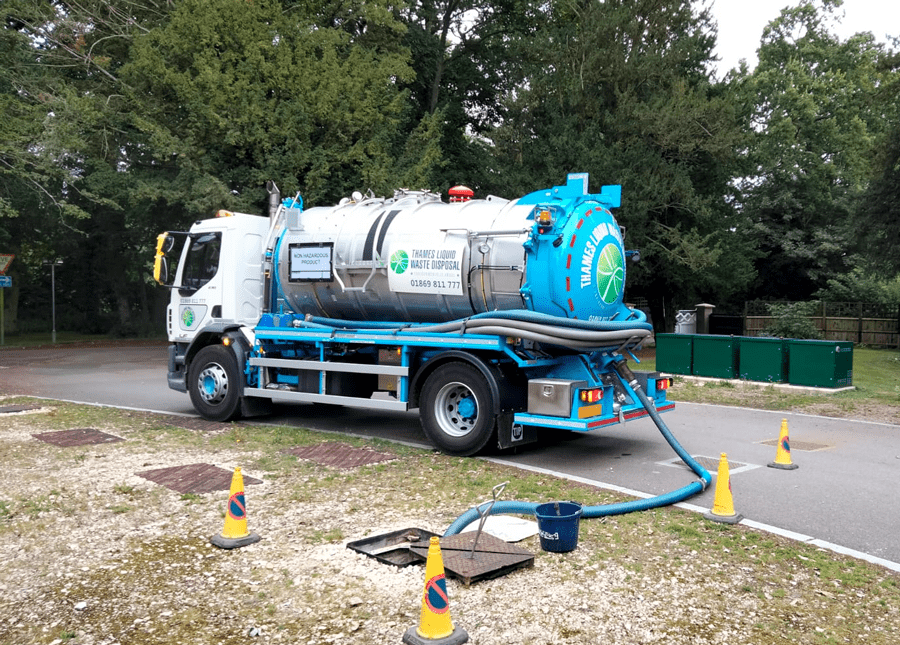The Best Guide To Reclaim Waste
The Best Guide To Reclaim Waste
Blog Article
Not known Incorrect Statements About Reclaim Waste
Table of ContentsThe 6-Minute Rule for Reclaim WasteThe 10-Minute Rule for Reclaim WasteSome Known Details About Reclaim Waste Examine This Report on Reclaim WasteOur Reclaim Waste PDFsThe Buzz on Reclaim Waste

Never place hazardous substances down sinks, commodes or stormwater drains pipes Materials including gas, grease, oil, pesticides and herbicides, and solvents such as paint pole dancers should not be poured down sinks, commodes or stormwater drains pipes. These substances are challenging to get rid of in the sewer treatment process and trigger contamination problems in our regional rivers.

Although fluid waste is a term that covers a broad range of products, there's a great reason leaving its disposal to the specialists is suggested. Fluid waste is non-solid product that has no more use and has to be treated and taken care of according to regional, state and government policies.
Reclaim Waste Can Be Fun For Anyone
Although examples of fluid waste can consist of wastewater, fats, oils or grease, made use of oil, fluids, solids, gases or sludges and hazardous family liquids, there are some that are considered to be extra unsafe than others when it concerns the atmosphere and the health and wellness of pets and humans alike. It's consequently that each state and region have stringent policies linked to liquid waste administration.
Fluid waste can be kept in holding containers or packaged in drums, intermediate bulk containers or approved tiny containers before either being dealt with or eliminated via outsourced vacuum cleaner trucks. Given the nature of the products, fluid waste can not enter the basic waste stream and there are stringent guidelines on how to deal with it properly.
(https://www.tripadvisor.in/Profile/reclaimwaste1)Relying on a resolution of the degree of risk, it may be required to remediate those websites. Furthermore, dangerous liquid chemical wastes are managed waste and should be tracked based on the state waste regulation. Under the chain of wardship and obligations, proprietors are responsible and responsible for waste produced by a business.
One of the core applications for superabsorbent polymers (SAPs) is fluid waste solidification. liquid waste disposal melbourne. SAPs are used by waste administration professionals to stop potentially unsafe fluids from getting in rivers, groundwater aquifers, and other delicate settings. Due to the fact that fluids can rapidly move contaminants into environmental receptors and possibly add to geotechnical failures, liquid wastes are often forbidden from disposal in landfills
The Single Strategy To Use For Reclaim Waste
Primarily, cost-free fluids are liquids that divide from the solid portion of waste material. Fluid waste can include the following: HDD mud and cuttings Landfill leachate Wastewater treatment sludge & biosolids Dug up sediments Oil and gas drill cuttings Settling fish pond muck Hydro Excavation slurry Coal burning residuals/ash Container base sludge Concrete grinding/polishing slurry Relevant Short article: For a sensible instance of complimentary fluids dividing from waste material, think about the complying with situation: A waste management professional loads a dump associate sludge from a wastewater therapy plant's aeration basin, during a regular upkeep event.
Nonetheless, when the motorist comes to the garbage dump, he notices water leaching from the sludge and putting from the dump vehicle. The load was denied by the landfill and the driver was required to dispose of the waste as a fluid waste at a special facility, which boosted the disposal fees significantly.
We additionally require to be liable for the appropriate disposal of our waste products. It is not sufficient that we pay waste disposal firms to web take care of our rubbish.
Fascination About Reclaim Waste

Segregating your waste can start inside the home. Set apart dry and fluid waste as well as edible waste, eco-friendly and non-biodegradable materials.
You can use old trash can, bucket, yard pot or old plastic drums. Pierce four to five holes in the container so the air can distribute. Layer all-time low with dirt to soak up the damp waste. Begin the composting process. Layer the garden compost with wet and completely dry waste along with soil to maintain an equilibrium in between the damp and the completely dry.
Unknown Facts About Reclaim Waste
To assist in faster decomposition, you can additionally include semi composted soil to the compost. If you discover the scent is coming to be as well strong, include extra papers and paper waste or include more openings to the garden compost container to maintain the equilibrium of the waste materials.
We also require to be responsible for the appropriate disposal of our waste materials. It is not enough that we pay waste disposal companies to take care of our rubbish.
Our waste, our duty. Have you ever wondered what takes place to your fluid waste after it's collected? Did you know that liquid waste can be recycled?
The Facts About Reclaim Waste Uncovered
Segregating your waste can begin inside the home. Segregate completely dry and liquid waste as well as edible waste, biodegradable and non-biodegradable materials.
You can utilize old garbage bin, bucket, garden pot or old plastic drums. Drill four to 5 holes in the container so the air can flow. Layer all-time low with dirt to soak up the wet waste. Begin the composting process. Layer the garden compost with wet and dry waste as well as soil to maintain a balance in between the wet and the dry.
Cover the garden compost container. As soon as a week, include dirt in addition to the compost. To assist in faster disintegration, you can additionally include semi composted dirt to the compost. Preserve the compost. If you observe the smell is becoming as well strong, include extra papers and paper waste or include more openings to the compost container to keep the balance of the waste materials.
Report this page